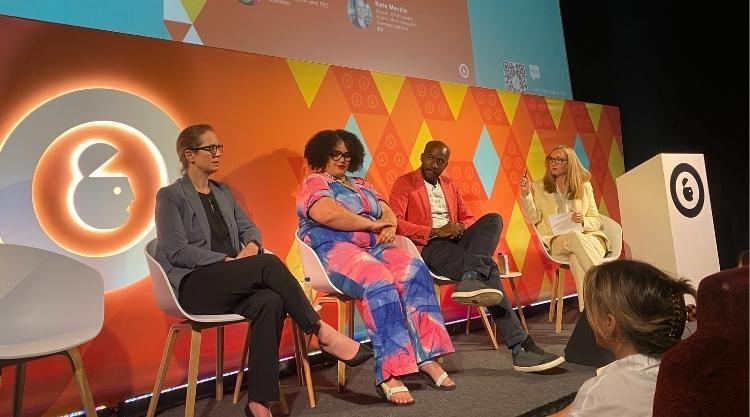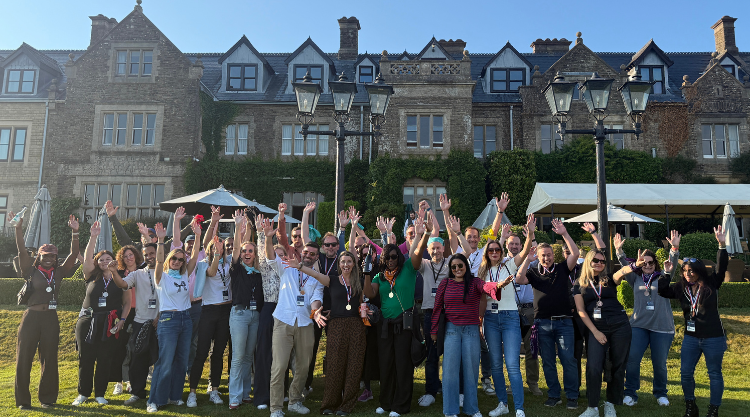In the last few years, we’ve seen a positive and much-needed change in society around equality and representation. Movements have arisen around the rights of specific groups but if the media industry wants to make real progress around diversity and inclusion, we need to review every layer of the advertising process and ensure that inclusion is part of the conversation at all organizations involved in delivering advertising and at every level of those organizations.
Look Below the Surface
Diversity, equality, and inclusion (DE&I) is a multifaceted area and it is our collective responsibility to continually evaluate the level of diverse representation in every project we’re involved in and make changes when that is lacking. This is critical if we’re to bring credibility to the work that we do as it is impossible to truly understand the impact of under-representation or DE&I issues unless you have lived that experience.
We need to make it a habit to identify who is missing from the conversation and make it a priority to find those people and get them involved in our work.
Critically, this must not be treated as a tick-box exercise – there must be a genuine sense of belonging for everyone involved. No single individual will ever live the experiences of all others; however, this doesn’t mean that we can’t help build a sense of belonging for anyone from any background. When you have identified a need to bring new people together, but lack relevant lived experiences, identify thought leaders who have gone through similar experiences and engage with their content. Spark conversations, amplify the messages trusted thought leaders spread, and continue to do so until the people you’re trying to reach feel comfortable entering your space.
Measurement and Accountability
Good policy setting starts with gathering data and insights into the opinions, perspectives, and expectations across your organization, at all levels – especially what is needed to make your business equally accessible to everyone. As you develop DE&I policies and processes, make sure you build robust measurement strategies that enable you to compare and contrast progress across all departments, at all levels, as well as across all genders, ethnicities, sexual orientations and physical abilities that are appropriate to your business. Give this data the value it deserves, treat it in the same way you treat your revenue data – make it front and center of your business. This level of transparency and accountability generates authentic, sustainable, meaningful change.
True DE&I also requires looking beyond your own business and creating a circle of accountability that includes all your partners, suppliers, and other stakeholders. In the marketing world, everyone holds the key to driving this transformation beyond who we see in adverts. The goal of advertising is to connect with the widest range of potential customers – how can anyone do this if they are working in, or with, homogenous teams?
We should be fueling progress in diversity through RFPs that ensure all partners involved in conceptualizing, making, and delivering an advertising campaign come with the widest range of real-world experiences possible.
How Can We Break Down More Barriers?
The advertising industry has a distinct opportunity to influence culture and leading by example is how we nurture the next generation of industry leaders. If we want to continue to improve DE&I, we first need to acknowledge and evaluate every component part within our own organizations and partners and be prepared to be uncomfortable with what we find.
It’s important to measure not only the level of representation but also the perceptions of what that means to individuals and to find a way to make sure every individual feels they are able to use their voice safely without fear of negative repercussions. We need to work collectively to remove the sense of fear we all have of doing the wrong thing or embarrassing our team, our company, or our clients.
There is a genuine desire for change across the industry and that desire comes from a positive place. We need to extrapolate this and be kind to ourselves and each other and understand that we might use the wrong words or do the wrong thing but we’re trying to do something positive, we just don’t quite always know how best to do this. But it’s from failure that we learn that we can educate others, and be truly transformative.





